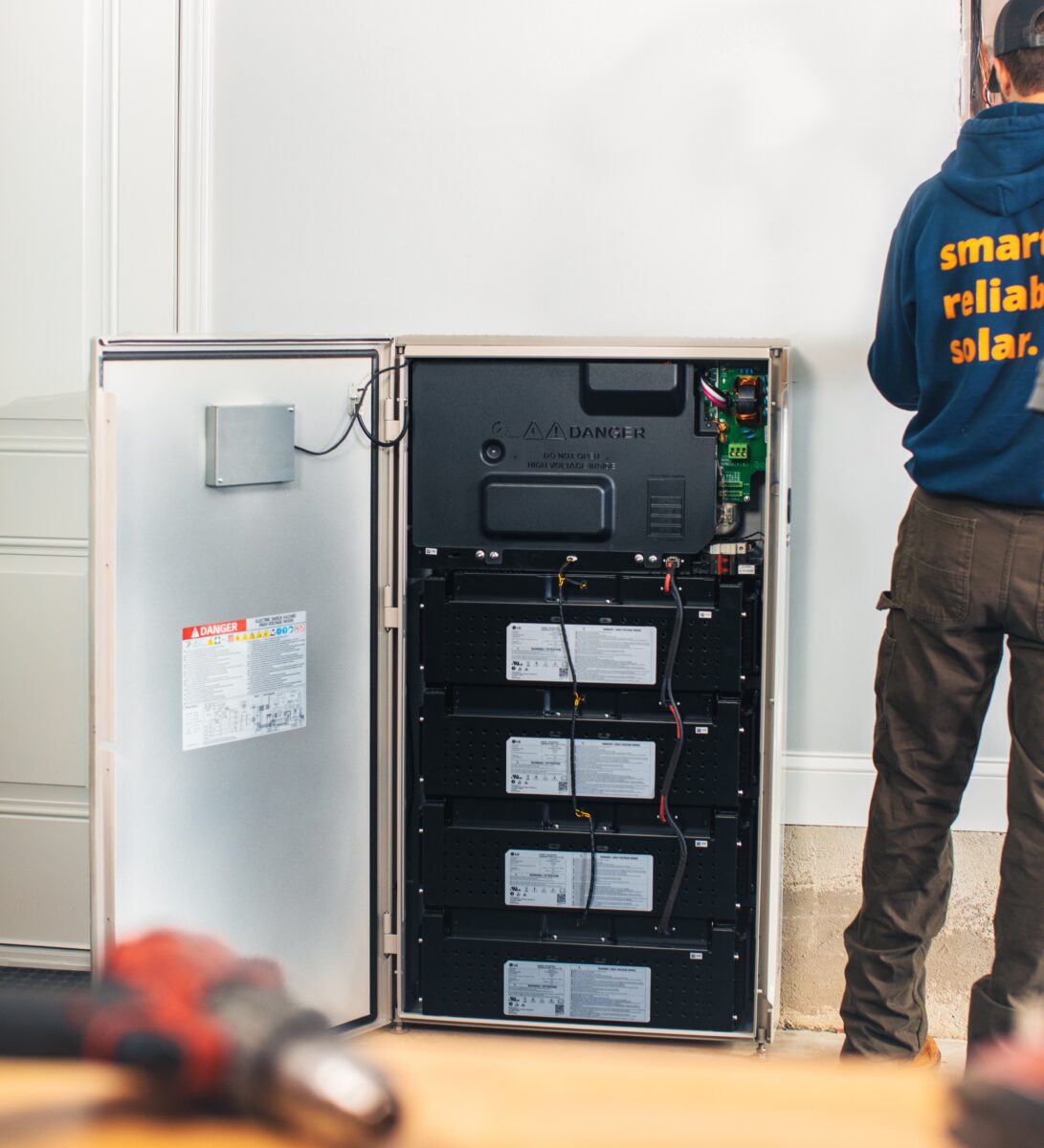Earth Month reminds us that the move from fossil fuels to electrification continues to gain momentum through incentives and regulations, and it’s inspired by companies and homeowners who are committed to reducing their carbon footprint. Another strong motivator for businesses and consumers is the opportunity to introduce energy efficiencies that yield cost savings – such as heat pump-enabled Energy Star certified appliances that are ushering in the clean energy future.
This Earth Month is the ideal time to highlight the trend toward electrification and offer businesses and homeowners a viable path to get there.
Homeowners needs to be educated on the concept of electrification. A recent nationwide survey conducted by a third-party on behalf of LG Electronics USA surveyed 1,579 U.S. homeowners in January 2024. They found that only 16% of American homeowners are currently familiar with home electrification.
Given the number of appliances and whole-house systems in a typical residence – along with renewables including solar panels and EV chargers in a growing number of households – the road to electrification can be overwhelming.
A logical starting point is investing in an energy storage system (ESS). It’s a move that applies to existing users of PV products and can be an attractive stepping-stone for those who may be thinking about or planning to install solar for their home or acquire electric vehicles in the future.
The nationwide survey also reports that among homeowners with residential solar, 25% currently have an ESS while 80% of those who do not yet have one say it is a future priority; 12% say it’s the number one priority.
ESS advantages
Tying a home’s energy footprint together with an energy storage system is an excellent step toward electrification that allows the homeowner to realize a number of tangible collateral benefits beyond reducing emissions from fossil fuel-based energy sources. It enables homeowners to manage their energy and take control of its use.
It’s smart to guide homeowners to understand that the ESS can be used independently from the grid and can charge during the daytime when electricity prices are lower. Stored energy can then be utilized during peak consumption hours when prices increase in many geographic regions.
It’s important for homeowners to know that an ESS can provide backup power which can be essential in the case of power outages. In fact, the nationwide survey revealed that 67% of U.S. homeowners experienced a power outage in the past year and half of them experienced multiple outages, some lasting hours or longer. In certain ESS models an LED display on the front of the system allows owners to check the estimated battery state of charge and encourages mindfulness of electricity use during power outages.
Advances in technology and design have made the ESS a more versatile and attractive alternative to the traditional backup generator. An all-in-one integrated system is incorporated into a complete smart home environment with appliances, electronics and HVAC systems. Management systems that allows the user to delegate how, where, and when the unit’s stored energy is used to maximize efficiency gives homeowners the ability to achieve pure independence from the grid, providing them with better control in managing their home energy needs.
This point is especially relevant to the surveyed homeowners who have expressed frustration over grid instability and concerns over the impact of extreme weather events.
Despite the need to educate the public at large on the benefits of ESS, the nationwide survey found that homeowners seeking to overcome the challenges of grid instability with an ESS are most interested in lowering their energy costs (90%). They also identify other appealing benefits of battery-powered ESS, including uninterrupted power supply (89%), less dependency on the utility (86%), potential to sell the energy back to the utility (84%), environmental benefits/sustainability (82%), and less dependency on fossil fuels (82%).
Incentives abound
In speaking with potential ESS customers, it makes sense to emphasize that investment in home electrification is rewarded by federal and state incentives. Residential ESS installations currently qualify for up to a 30% tax investment credit through the Inflation Reduction Act – a provision that not everyone knows will be in effect until 2033.
In addition, the U.S. Department of Energy has provided $8.8 billion in state funding for Home Electrification Rebates; these are expected to become available this year.
For business owners, a state-of-the-art, long-lifespan commercial ESS solution provides an all-in-one solution equipped with ready-to-deploy technology from storage with ESS, management with the PMS, and complementary systems such as HVAC. Commercial ESS can also qualify for up to a 30% tax credit through 2025.
The impetus can come from you
Interested homeowners are learning about ESS through various means: their own research, published news coverage on trends, products and incentives, and by speaking with neighbors and installers. Our research shows that homeowners want to be smarter about energy usage, fueled not only by a sense of responsibility to the planet but by the grim reality of rising energy costs. Two-thirds of our nationwide survey respondents reported rate hikes over the past year.
Those in the energy industry need to take the responsibility to help homeowners learn how to better manage their energy consumption and set them on a journey toward energy independence. By doing so, we can earn a position as a lifelong energy partner to our clientele. In the survey, two-thirds of those prioritizing ESS cited “a brand I can trust” as a highly important factor in their impending buying decision. Words to the wise during Earth Month 2024.

Jim Brown is senior manager, national sales, LG Electronics ESS. An industry veteran, Jim leads residential ESS business development in the United States for global innovator LG Electronics.
The views and opinions expressed in this article are the author’s own, and do not necessarily reflect those held by pv magazine.
This content is protected by copyright and may not be reused. If you want to cooperate with us and would like to reuse some of our content, please contact: editors@pv-magazine.com.








By submitting this form you agree to pv magazine using your data for the purposes of publishing your comment.
Your personal data will only be disclosed or otherwise transmitted to third parties for the purposes of spam filtering or if this is necessary for technical maintenance of the website. Any other transfer to third parties will not take place unless this is justified on the basis of applicable data protection regulations or if pv magazine is legally obliged to do so.
You may revoke this consent at any time with effect for the future, in which case your personal data will be deleted immediately. Otherwise, your data will be deleted if pv magazine has processed your request or the purpose of data storage is fulfilled.
Further information on data privacy can be found in our Data Protection Policy.